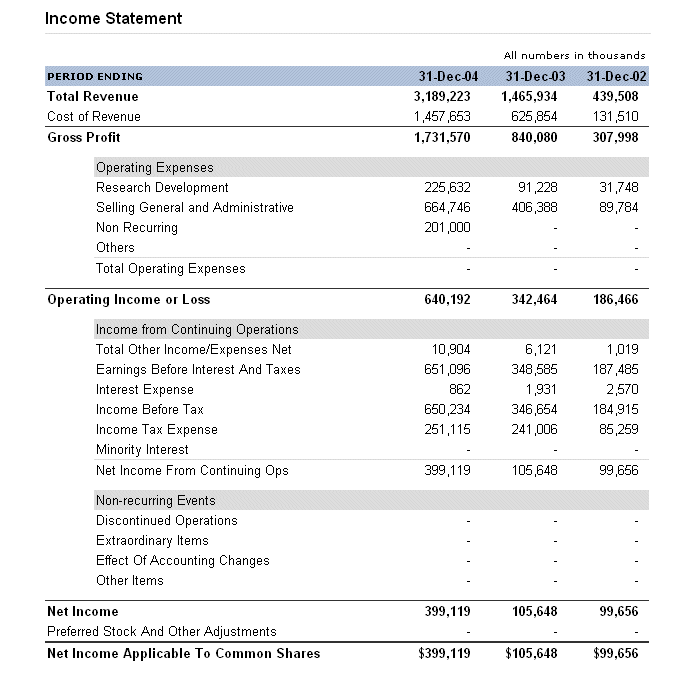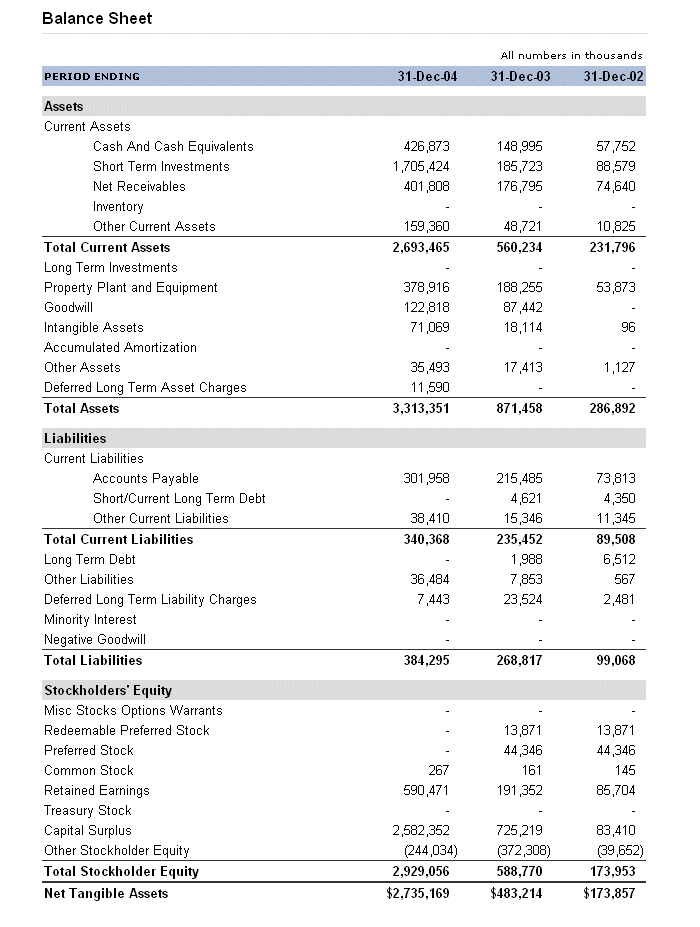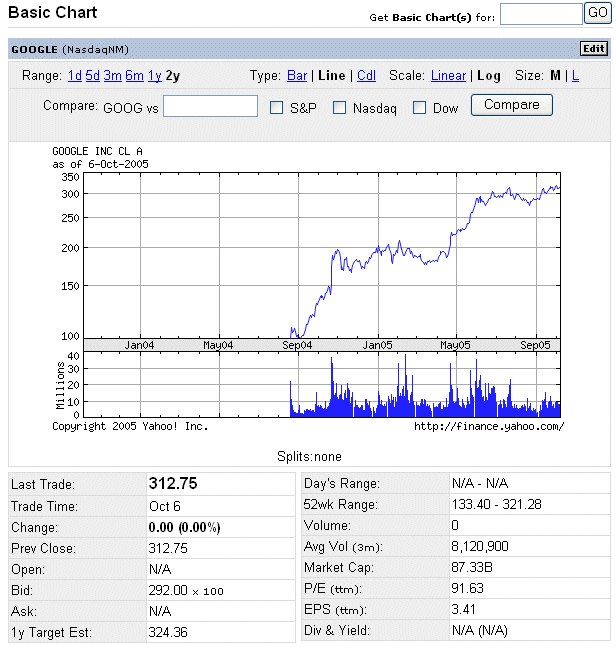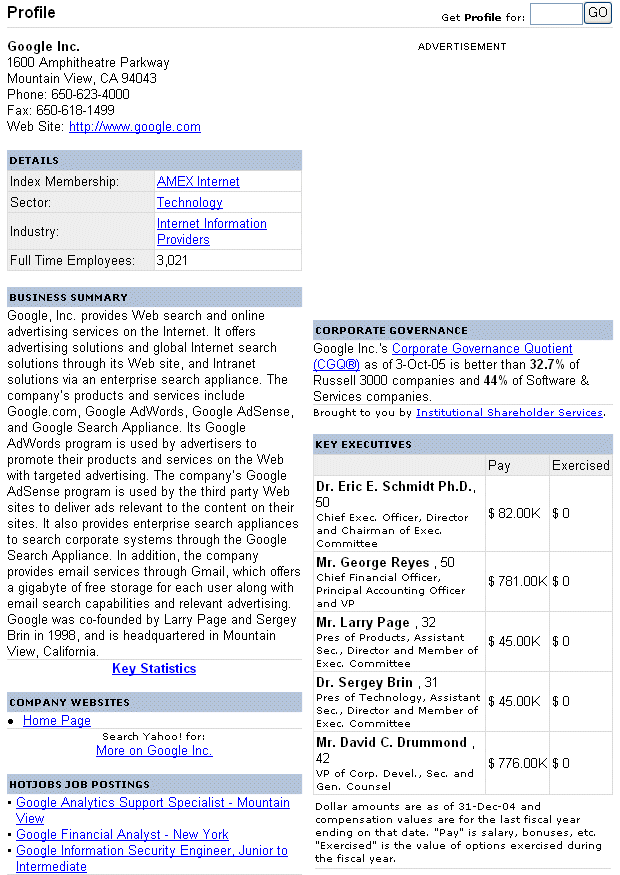|
Problems of
vocabulary and of definition
Non rigorous terminology
In accounting as well as in finance, unfortunately many names float around,
for the same concepts
- net profit, net income, net margin, bottom line
- gross margin, gross profit
- capital employed, funds employed, funds invested
- long term borrowings (with or without bonds), long term loans, long term
bank account
- clients, client paper, IOU, debtors, accounts receivable
- financial charges, interest charges, interest
- etc.
Worse: many concepts, with the same name, are defined differently by different
people
- for some people ROCE is profit before interest and taxes divided by
capital employed
- for others it may be profit before interest and depreciation,
but after taxes, divided by capital employed
- for some people equity does not include preferred stocks (which are very
close to bonds...)
- etc.
Learn the most standard definitions
What you should do is learn one name and one concept, and then
the other ones will be easy to understand and to keep in mind.
Hard double-entry writings, but soft techniques
Furthermore, accounting is a set of soft techniques. The value measurements
are not hard and fast. The ratios are crude. We are not in physics where we can
write equations which describe phenomena precisely, and which hold true over a
long period of time. It has often been said that economics, to which accounting
belongs, is closer to sociology than to hard sciences. In truth, the monitoring
of a ratio, the denominator of which changes all the time, requires calculus.
And it is because this situation was met all the time in astronomy that calculus
was invented in the XVIIth century. If, with the various variables properly
defined, you write mx" + kx = 0 and solve this equation, you describe very
precisely the movement of a simple system with a spring. It is so precise that
it was used to construct clocks and wristwatches until 30 years ago. And these
clocks kept the time quite satisfactorily for weeks or months. But it is not
possible to proceed like this in economics because the real situations we would
like to model are too complex to lend themselves to such solutions, a bit like
modelling precisely the behavior of a person or a social body is hopeless, yet
psychology and sociology are "softly" predictive about people and societies, and
are quite useful.
Google accounts
Let's look at the accounts of Google:

and

All firms present their accounts a bit differently. So, at first, it always
requires some effort to find one's bearings in the figures.
Comments on Google accounts:
- the growth of Google revenue, over the two years we have, was 270%
per year
- the line "cost of revenue" is close to our COGS. Sometimes, firms include
depreciation in this line
- the line "operating income" is exactly the same as our line "profit before
interest and taxes"
- Google has essentially no financial charges, because it has essentially
no debt
- the tax rate is fairly high. Only studying Google annual report and 10K
form (filed at the Security and Exchange Commission) will provide an
explanation
- the goodwill line: when a firm A acquires entirely a firm B, and incorporates
the assets and liabilities of B at their value in B's records, into its
own assets and liabilities, if A paid more than the net worth of B to B's
owners, the difference goes into a line called "goodwill" on the
asset side of A's accounts. So we see that
Google purchased a few firms.
- Google has no inventory
- the Short Term financial assets became very big in 2004, because Google
sold stocks in an IPO (Initial Public Offering, see
article) in the stock market and received a large amount of cash. This
cash was parked into ST securities, for future use.
- in 2004, Google also has $427 million of cash and assimilated
- the "normal capital" of Google is the line "common stock", which is tiny.
This reflects the value of Google stock, in 1998 or 1999, when it was founded.
Most of the equity comes from premium prices for the sale of new stocks later
(for instance the IPO). Explanation: when the initial stocks of a firm were
issued at, say, $1 apiece, the firm recorded in its "common stock" account,
the number of stocks multiplied by $1. Let's look now at a sale of new stocks,
a few years later: the firm sells new stocks at, say, $10, because its
stocks are very attractive, it
will record $1 x number of new stocks in the "common capital", and $9 x number of
new stocks in a line "premium" or "capital surplus"
- the cumulated retained earnings, in 2004, are $591 million
- the long term liabilities are tiny
- the current liabilities are essentially "payables" to creditors
(we are not told here who they are, trade suppliers, state, etc.)
- Google has no cash problem (its current ratios are way above 1)
Note that these accounts of Google are astounding. Google is one of the
stars of the Nasdaq.
Exercise: Use the excel document given with this lesson to follow
precisely the explanations given above. Ideally, prepare by yourself the excel
treatment of Google accounts, to present them like we studied before.
Comments on Google stock price performance.


A brief tour
of the NYSE and the Nasdaq
Go on Yahoo finance and see what were the evolutions over the last few years
of these two stock markets.
Go to lesson 5
|



